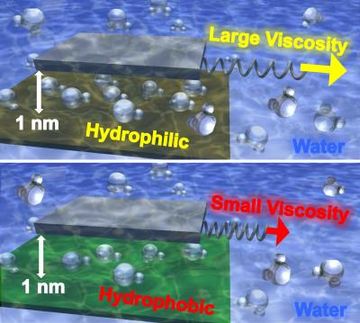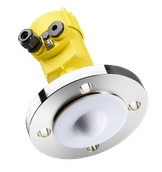Researchers Make Breakthrough in the Production of Double-Walled Carbon Nanotubes
Northwestern University team develops new method to reliably produce and sort out double-walled carbon nanotubes
Advertisement
In recent years, the possible applications for double-walled carbon nanotubes have excited scientists and engineers, particularly those working on developing renewable energy technologies. These tiny tubes, just two carbon atoms thick, are thin enough to be transparent, yet can still conduct electricity. This combination makes them well-suited for advanced solar panels, sensors and a host of other applications.
Up until now, the problem with double-walled carbon nanotubes has been being able to produce a homogeneous supply of them. When double-walled carbon nanotubes are synthesized, the process also creates many of the single- and multi-walled variety. Given their small size, sorting the valuable double-walled tubes from the other types has posed a real challenge.
In a paper published in Nature Nanotechnology, two researchers from Northwestern University outline a new process for efficiently gathering up these coveted double-walled carbon nanotubes.
Other news from the department science
These products might interest you
Most read news
More news from our other portals
See the theme worlds for related content
Topic world Sensor technology
Sensor technology has revolutionized the chemical industry by providing accurate, timely and reliable data across a wide range of processes. From monitoring critical parameters in production lines to early detection of potential malfunctions or hazards, sensors are the silent sentinels that ensure quality, efficiency and safety.

Topic world Sensor technology
Sensor technology has revolutionized the chemical industry by providing accurate, timely and reliable data across a wide range of processes. From monitoring critical parameters in production lines to early detection of potential malfunctions or hazards, sensors are the silent sentinels that ensure quality, efficiency and safety.

































































